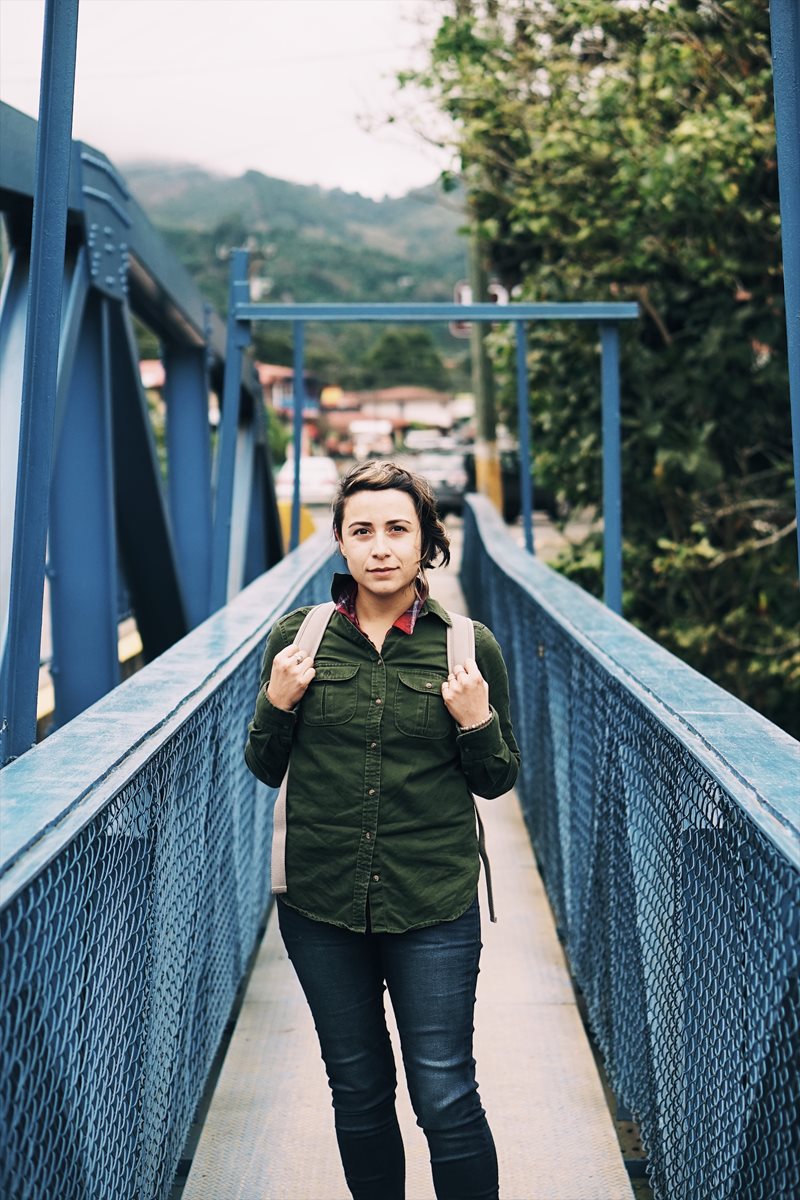After nine years of working for exclusive winemakers in California as a graduate winegrower and enologist, Lucia Solis made the switch to coffee. On her month-long trips, she visits mainly Latin American farmers to advise them on their production, with a special focus on fermentation: the organic process in which yeasts and bacteria convert sugars into energy, alcohol and carbon dioxide. It occurs in every form of food processing and offers opportunities to influence taste. Coffee farmers can opt for controlled (adding yeast microbes) and uncontrolled fermentation (more risks).
What do you think is the biggest misconception about fermentation?
“That fermentation only occurs in the plantation's washing station, whereas it is a natural and ubiquitous process. Once the coffee berry is picked, it starts immediately. This is due to the yeasts and bacteria, which are naturally present in the air. They break down organic material, in this case the mucous membrane around the coffee bean. But because the amount of yeast in the air varies from day to day and from location to location, the results are often uncertain.”
You help farmers with controlled fermentation. What exactly does this mean?
“Simply put, adding a dry yeast to coffee berries under certain conditions, such as in an oxygen deprived stainless steel tank. This way of processing has many advantages: it can increase the complexity of the coffee, create uniformity batch after batch, reduce defects and water consumption and can ensure that green coffee can be preserved longer.”
What kind of farmers are you helping?
“Usually these are farmers who want to upgrade their coffee to specialty coffee. Thanks to special types of yeast, they come a long way. The lower the initial cuppingscore, the bigger the steps up. For farmers, this usually means that they can put their beans on the market for a bonus.”

Is the addition of yeast therefore the holy grail for coffee producers?
“Especially farmers who grow a lower quality coffee will benefit. Once the scores reach 85 points, the quality improvements are much lower. You can't simply lift a coffee to a score of 100 with just this technique. And that is not desirable either. The pressure from the coffee roaster on farmers to create certain taste profiles is constantly increasing. Farmers are not going to win that race. Only when they have get their own story straight, the tide might turn.”
What's a story like that supposed to be?
“A story explaining all the steps the farmer makes during and shortly after the coffee harvest. What berries do you pick? How long do you let them ferment? Where do you do that? Wet or dry? Which machines do you use? Wet fermentation in a closed tank is particularly advantageous. Anything can go wrong on a patio. Because yeast is tweakable, you are able to achieve so much more in a closed tank, in a short period of time.”
Podcast
Those who want to know more about the work of fermentation expert Lucia Solis can listen to her podcast: Making Coffee with Lucia Solis via Spotify and iTunes. She talks about her background as a winemaker, what fermentation exactly is and whether we can ever agree on what quality coffee actually means. Each episode lasts about 20 minutes.
[credits]
Text: Maurice Geluk for koffieTcacao magazine
Photo: Lucia Solis